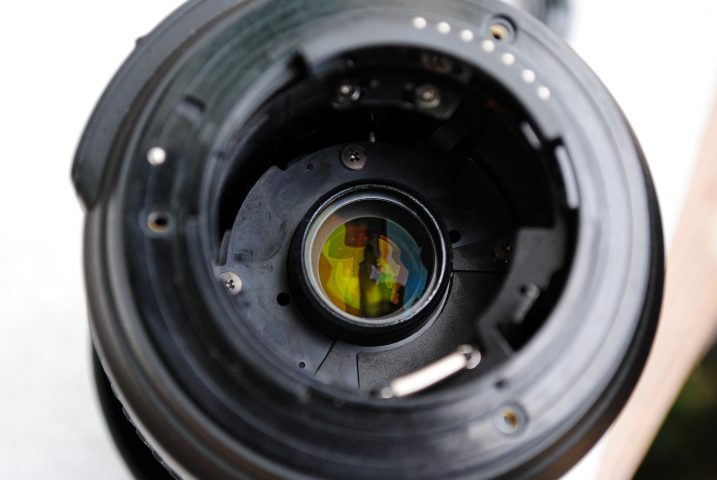When Temmie Nora Thames had her picture taken on Saturday afternoon, it was the first time she was photographed as a woman.
Thames, 53, has never had one picture taken of herself, though she has lived most of her life as a transgender woman. So when she saw the flyers about the photo call at New York City’s Lesbian, Gay, Bisexual & Transgender Community Center, she was one of the first people to show up at the small rented space with an expansive Keith Haring mural from mid-wall to ceiling.
Her pictures will become part of the “Transformational Project,” the brainchild of Jen Rosenstein. A photographer whose usual subjects are celebrities — she shadowed Grammy Award winner Jason Mraz for months — Rosenstein is now working on her second book of portraits of transgender individuals from around the United States.
“This is a platform for the trans community to express themselves any way they want, and my chance to help a community that doesn’t really have a voice,” Rosenstein said.
As the gay community identifies as a minority within society, people within the transgender community see themselves as a minority even within that minority.
For Thames, who was born intersex, finding her voice only happened fairly recently. There were job losses, six years in prison where she was routinely raped and years of heavy drug use, she said.
“I was in a prison within a prison within a prison. I was imprisoned as a woman in my man’s body, in my addiction and in a physical prison,” she said.
Now sober for 18 months, Thames posed for various portraits in her sleeveless dress. It wasn’t the lack of a camera that explained why these were her first photos as a woman.
“I feel I can finally look in the mirror and love who I am,” she said.
And that, Rosenstein explained, is what she heard over and over again while photographing the transgender community in Los Angeles and San Francisco in 2007 for her first book of portraits. Her interest in the community began when she was introduced to a friend of a friend who was transgender.
“I asked him whether his driver’s license said male or female and he was incredibly offended,” Rosenstein recalled. “It was very difficult at first. And then I started to understand how meaningful their new names and the correct pronouns are.”
The experience even made her question and examine her own identity.
“Being a lesbian, being butch, I asked myself, ‘Am I supposed to be a man?’ What society says you are doesn’t mean that’s who you are,” said Rosenstein. “This project allowed me to know I’m a woman and love that because I saw that the people I photographed love who they are.”
Embracing her identity is a new experience for Riya Morrison, 21, who started life as “Omar” in Jamaica.
“Even at 3 years old, I knew I was a girl,” Morrison said. “Growing up I did everything a girl did: play with dolls, wear make-up and dress-up clothes at home.”
Even though she dressed as a boy outside her home, classmates in grade school called her “sissy” and “girl-boy” with more derogatory terms in high school.
“I became introverted and put up a wall because I realized that if I stayed quiet, people didn’t make fun of me,” Morrison said. “I’m breaking down that wall now.”
That was really only possible since she moved to New York City a year ago. Morrison remembered her heart racing the first time she carried a handbag on the subway. But she got only stares. Now she wears a long wig as well.
She said that were she to dress as a woman in Jamaica, she would be mobbed and probably killed. And though life in the United States has not been easy — she is homeless and lives in an emergency shelter — Morrison said the last few months have been the best of her life.
“Bob Marley said ‘Emancipate yourself from mental slavery,'” she said. “In America, I have the chance to be free.”
Morrison is starting hormone therapy soon and posed for the photographs so she will be able to compare her pre- and post-hormone selves.
Thames will also soon undergo further change. She is heading to Florida next week for breast augmentation.
Rosenstein said she hoped that their photographs and stories would inspire others in the transgender community. She wants to take her “Transformational Project” to other major U.S. cities, especially in the Midwest, and abroad, such as the United Kingdom and Iran where the transgender community is completely underground.
After Morrison had her portraits taken, she was full of hope that her own transformation in a new, accepting city would one day be complete.
“I’m looking forward to getting the chance to live life the way I was meant to live,” said Morrison. “Be confident in body, mentally and spiritually, with everything in sync.”
This story appears courtesy of ABCNews.


What Do You Think?